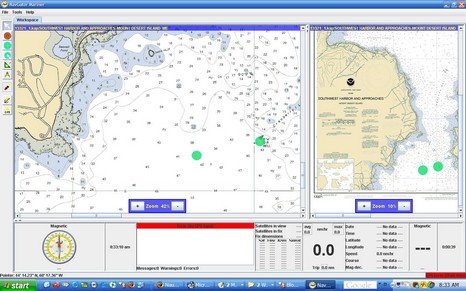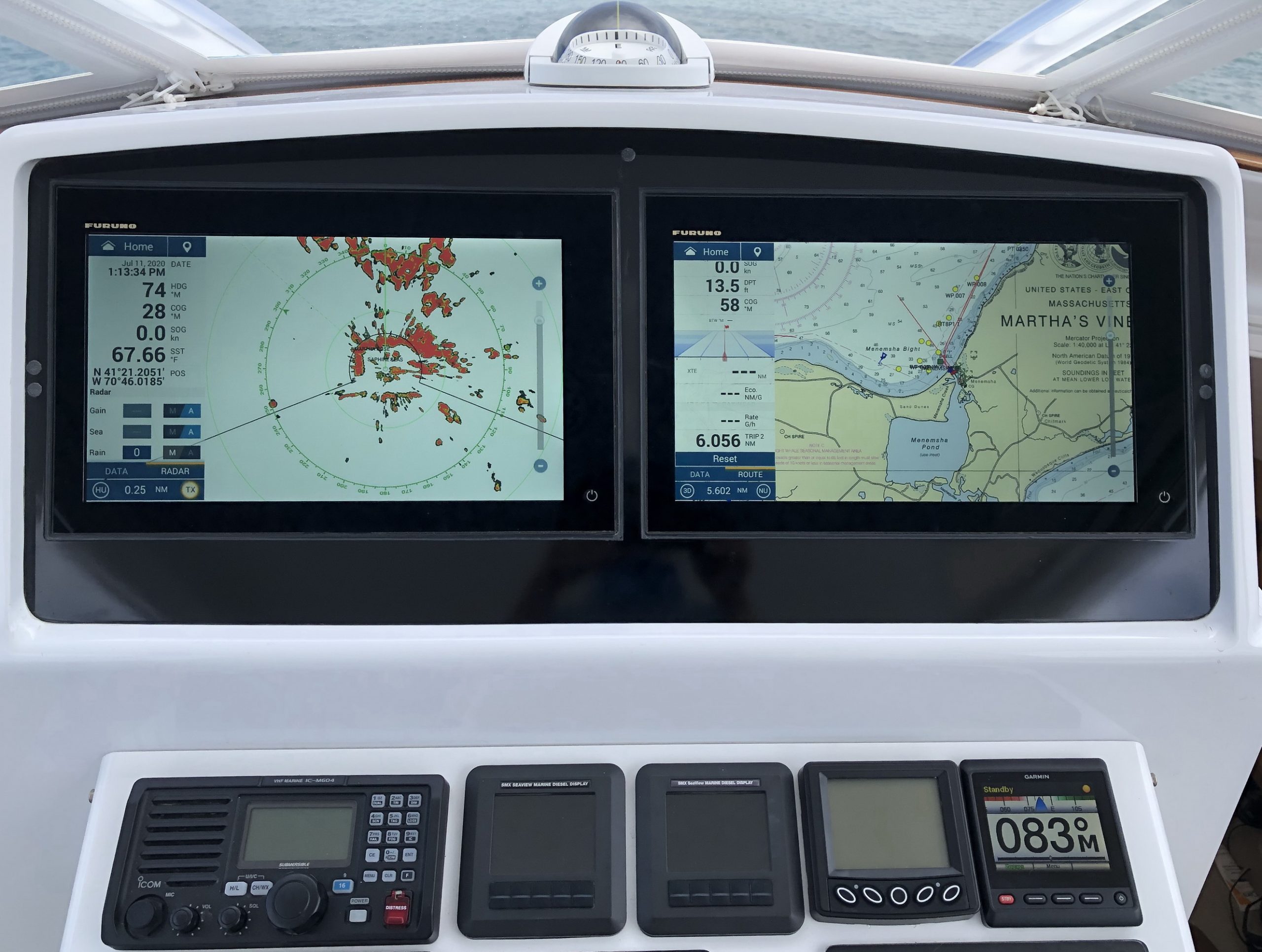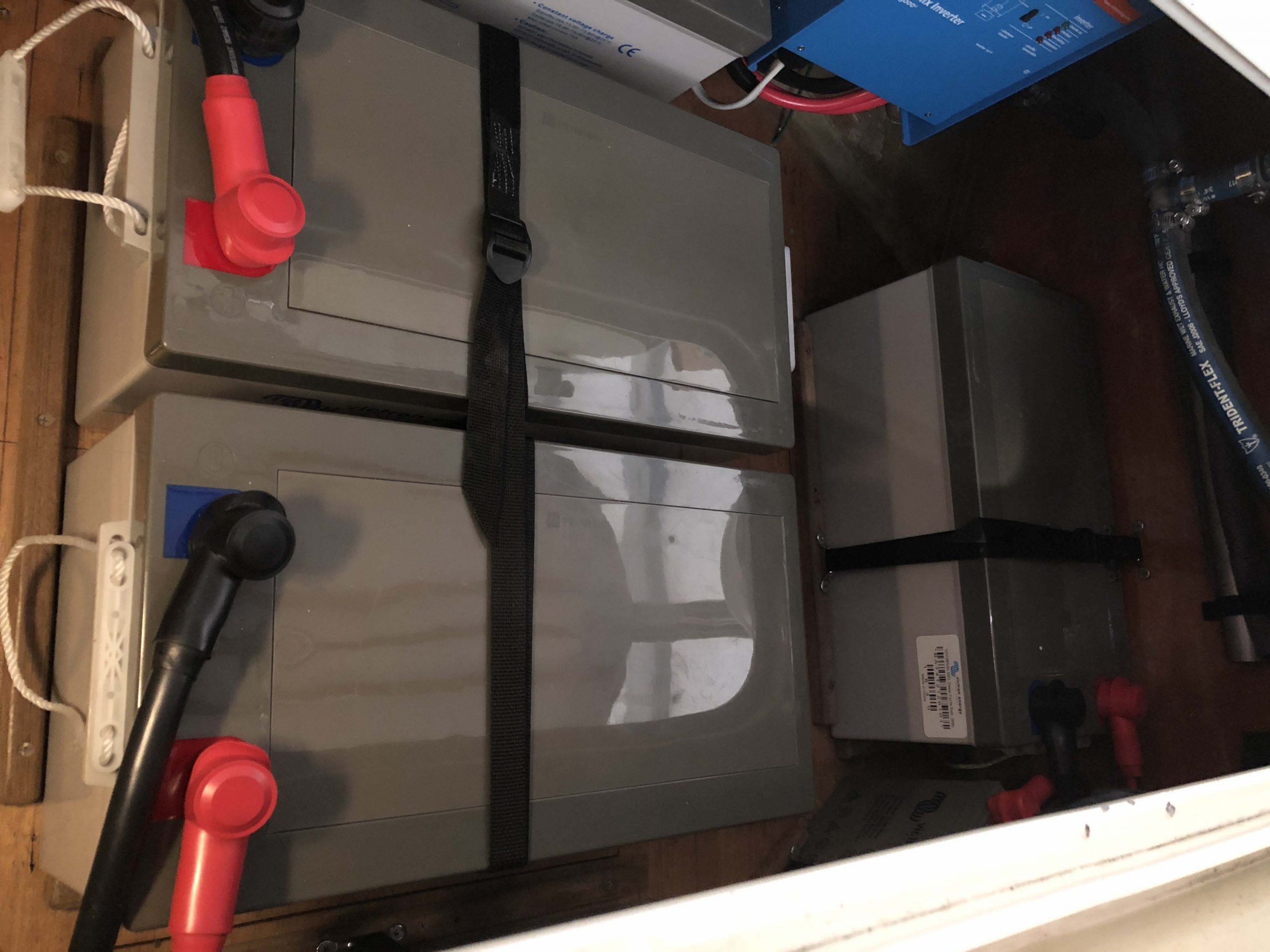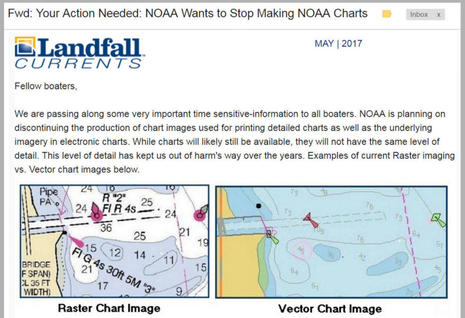NavGator, a multi OS charting program

I’ll characterize NavGator Mariner, above, as a work in process. I couldn’t find many normal ECS features, only rasters are supported, and the chart management is crude to say the least. What’s interesting, though, is that NavGator is written in Java so that it can run on multiple operating systems. So far that means Windows, Linux, and Sun Solaris, but others will “soon be released”. The developer also has a Pro version “designed to be the core of the ‘glass cockpit’, where all electronic functions are integrated into a seamless, highly reliable, high performance environment.” The full screen shot is here (also showing off the full 1440 x 900 pixel goodness of my new laptop LCD).













Ben,
I tried getting Navgator to work on SuSe Linux and a couple of other distributions last year, but was never really successful. I for one would be really excited to see a fully featured Linux navigation suite that is fairly easy to install. Here is my post about that situation: http://www.eliboat.com/?p=309
When I first considered developing GPSNavX I investigated using the Java runtime so I could have platform independence. I found you end up with a least common denominator user interface that is inconsistent with the native user interface. Performance was subpar. Insuring the end user had the correct version of the Java runtime was problematic. Lastly the memory requirements were much higher. So I opted to use the native development environment (NeXTStep/Cocoa) for OS X. The downside is I have a Mac only solution, but not a bad niche to be in.
What about this one for Linux?
SeaFarer Linux Nav
I very much appreciate the perspective on our product, Navgator Mariner. I whole-heartedly agree that it is a work in progress. Any good product should always strive to improve and we certainly have many ideas and are working on numerous improvements. That being said, however, we have a very different philosophy from most software and electronics companies. We deliberately keep the product as simple and streamlined as possible. Most companies continuously introduce features just so they can say they have more than the competition. The fact that many of these features are never used by the vast majority of their customer base is irrelevant to the discussion. As a generic example, how many people know how to use every feature (or even know of all the features) of the leading navigation packages or even general purpose software like Microsoft Office?
We have taken the approach to only add features we ourselves find useful on our boats. This has led to, we think, an easy to use, reliable and lightweight product.
The second driving philosophy at Navgator is to make the user interface as intuitive as possible. Make the learning curve as short as possible by being familiar. Thus, for example, we deliberately do not stitch charts together as that breaks away from the look and feel of paper charts and has a tendency to introduce errors and vagueness in the vicinity of the stitching. Rather we switch to a new chart when you get close to an edge, just as you would flip a page in a paper chart book.
Alex Beigelman
President, NavGator